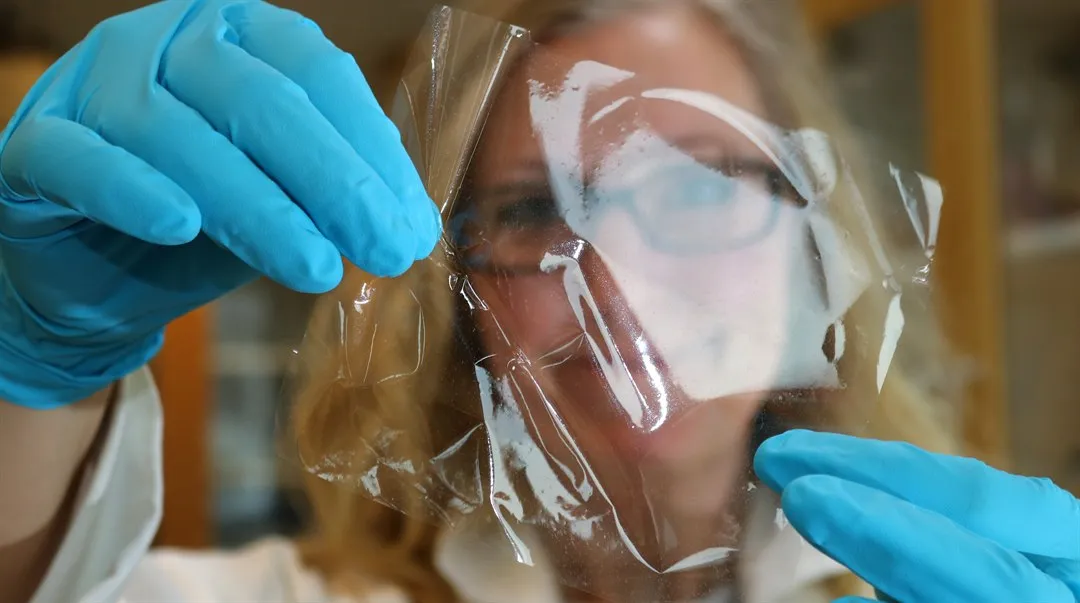The group in Surface and Colloid Engineering works on soft matter research. Our ambitious research projects are curiosity-driven and we aim to generate groundbreaking knowledge. We are focusing on renewable materials, like biopolymers, and efficient resource utilization, and we wish to contribute to a more sustainable world. Specifically, we do research on biobased composites, triboelectrics for energy generation, supercapacitors for energy storage, and air and water purification systems.
The research group has a large international collaboration network, several international guest professors, and we work together with many companies.

















